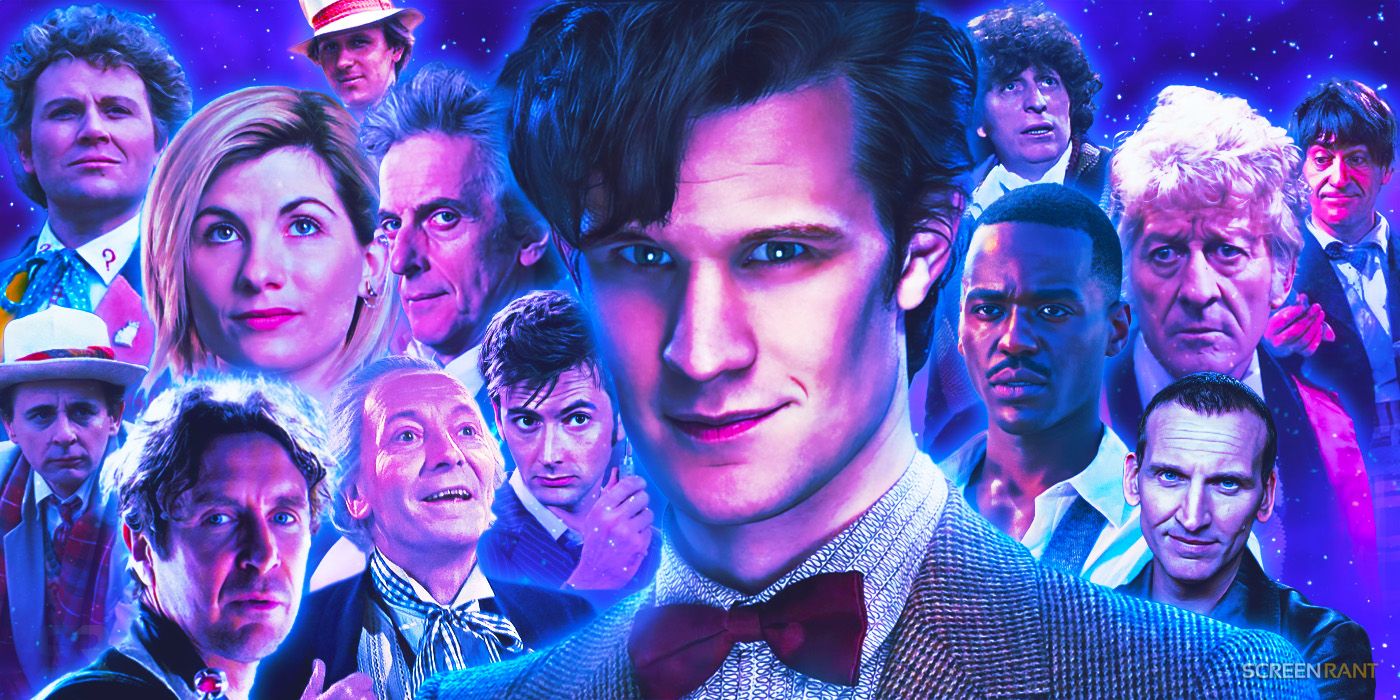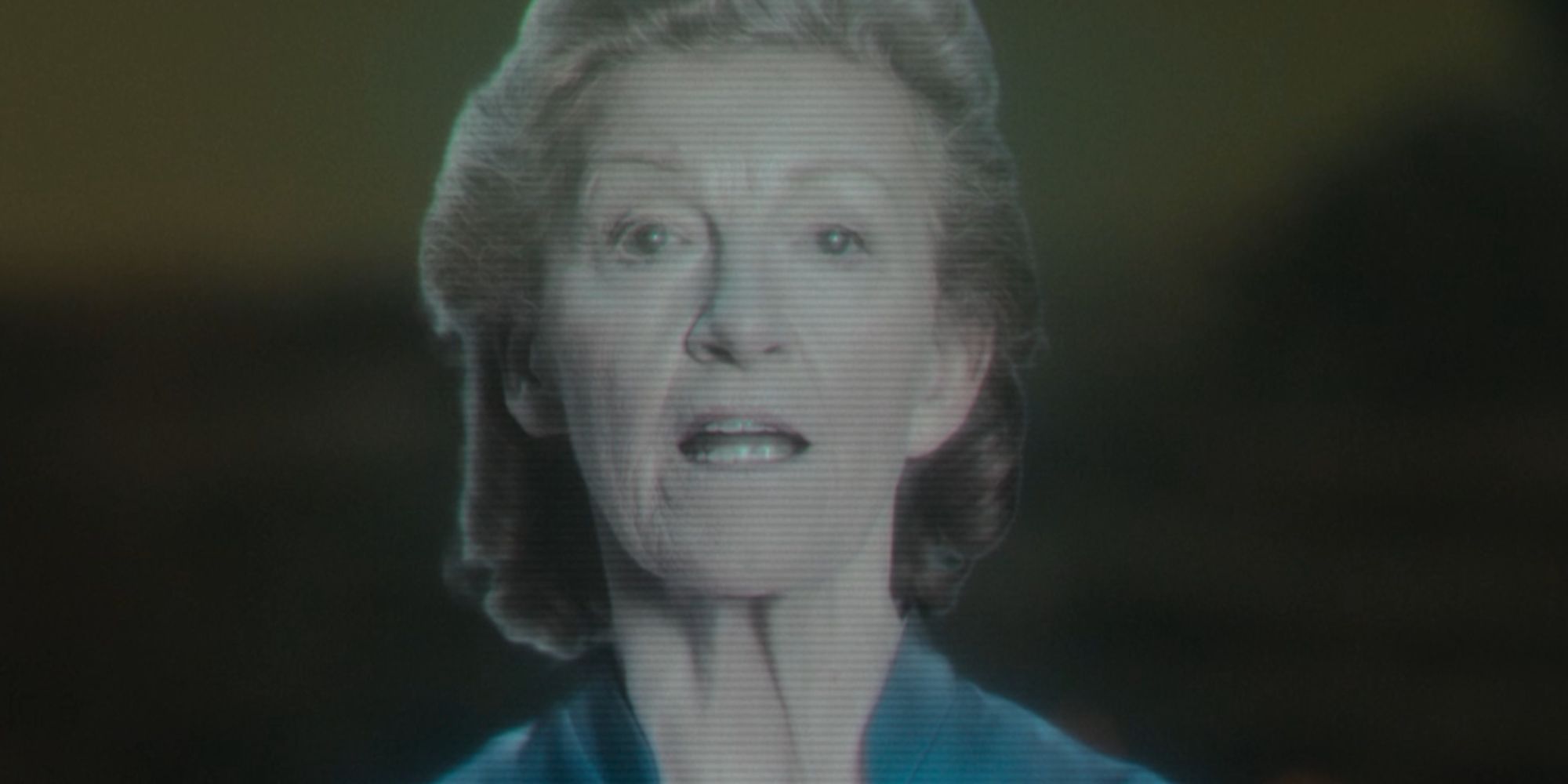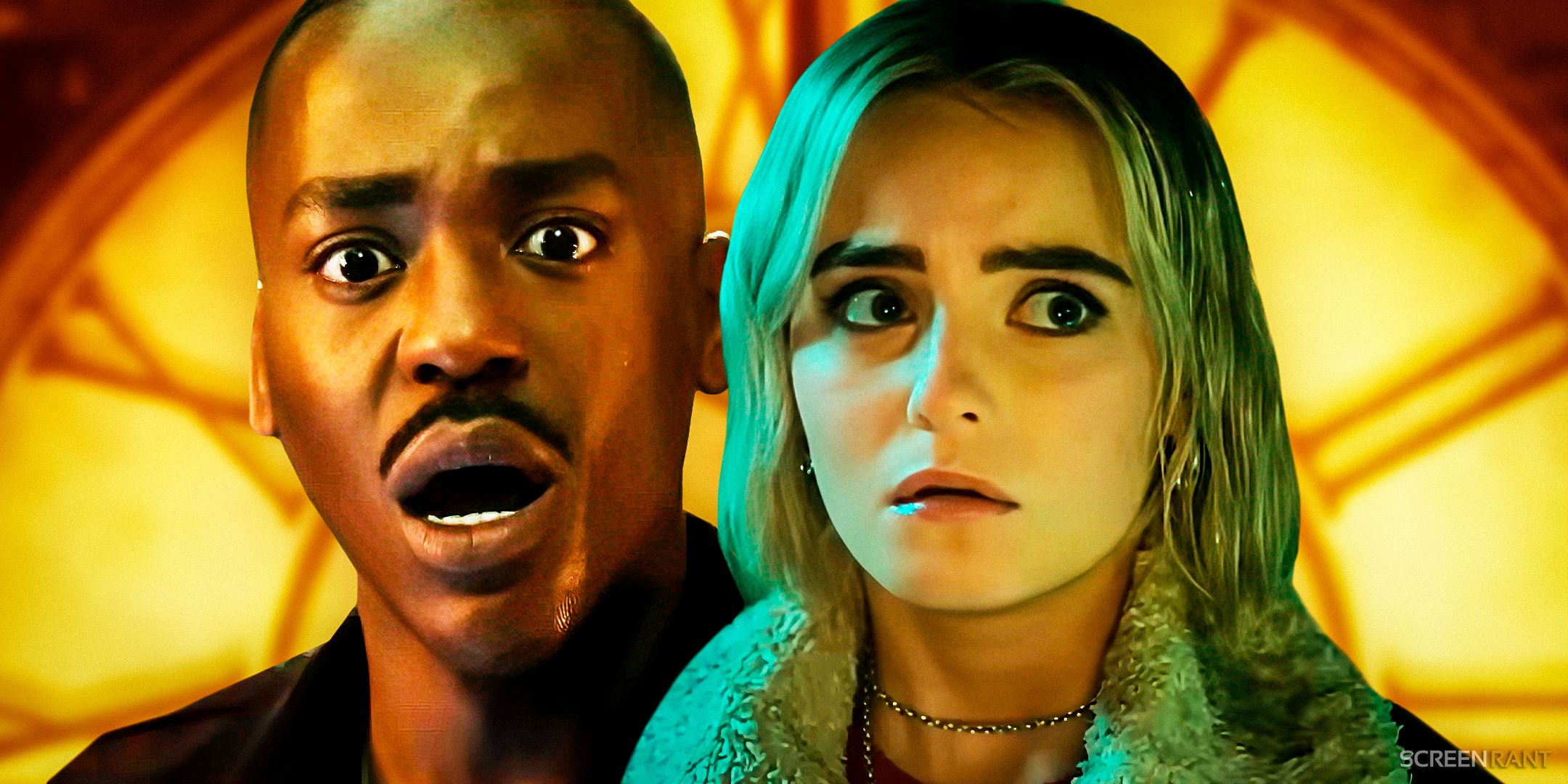Warning: spoilers ahead for Doctor Who season 14.
Summary
- Doctor Who season 14 introduces Ncuti Gatwa as the Fifteenth Doctor and marks the return of Russell T Davies as showrunner.
- The season includes new faces like Millie Gibson's Ruby Sunday and expands the Time Lord's adventures to a wider audience with Disney+.
- Episodes feature unique storylines like saving space babies and defeating an eternal villain through song and sound.
Here's your one-stop guide to Doctor Who season 14. After Ncuti Gatwa debuted as the Fifteenth Doctor in 2023's 60th anniversary special and met Millie Gibson's Ruby Sunday in the subsequent Christmas episode, Doctor Who season 14 marks the duo's first full run as TARDIS occupants. Season 14 also begins a whole new era for Britain's greatest sci-fi export. In addition to the new faces leading Doctor Who's cast, Russell T Davies returns as showrunner for the first time since 2010, while a distribution deal with Disney+ brings the Time Lord's adventures to a much wider audience.
Doctor Who season 14 comprises eight episodes. Starting with a double-feature, these will release Fridays at 7pm ET on Disney+ and midnight Saturday on iPlayer for viewers in the UK. Doctor Who then airs in its traditional Saturday evening slot on BBC1 in the UK. Aside from Gatwa and Gibson, Doctor Who season 14's other recurring cast members include Michelle Greenidge as Ruby's adoptive mother, Angela Wynter as her adoptive grandmother, Jemma Redgrave as Kate Stewart, Bonnie Langford as Mel, Yasmin Finney as Rose, and Anita Dobson as Doctor Who's mysterious Mrs. Flood.

20 Greatest Doctor Who Stories Of All Time, Ranked
Doctor Who has been a fixture on TV screens for 60 years, meaning there are plenty of stories to choose from when picking out the Time Lord's best.
1 Doctor Who Season 14, Episode 1, "Space Babies"
Written By: Russell T Davies, Directed By: Julie Anne Robinson
|
Guest Character |
Played By |
|---|---|
|
Nan-E/Jocelyn |
Golda Rosheuvel |
A random TARDIS ride takes the Doctor and Ruby to 21506, where a space station serves as a baby farm for a human colony. Proving that not even the TARDIS can outrun bureaucracy, the farm has been abandoned due to budget cuts, save for one crew member who secretly stayed behind to protect the babies on board: Golda Rosheuvel's Nan-E. The Doctor must get the space babies to safety, but first needs to outfox the ship's mysterious monster, known only as the Bogeyman. At the same time, the Doctor begins to realize that the mystery of Ruby's parents runs into the very fabric of time and space.
Biggest Takeaways
- The software that educated the space babies after their farm was abandoned created the Bogeyman because it was replicating children's stories from its data banks. Interpreting information literally, it made the Bogeyman from bogeys.
- The Doctor saves the space babies by using gas from used diapers to essentially fart the space station to the nearest safe planet.
- Ruby's memories of being abandoned as a child bleed into reality, causing the falling snow from her first Christmas Eve to physically appear on the space station. The Doctor has never seen this phenomenon before.
- Ncuti Gatwa's Fifteenth Doctor is still coming to terms with Doctor Who's Timeless Child revelation.
- The Doctor uses the TARDIS to scan Ruby. The readout says she's human, but this result isn't conclusive.
References & Trivia
- The Doctor mentions the Rani - a Sixth Doctor villain played by Kate O'Mara.
- The Fifteenth Doctor explains to Ruby - and any Disney+ newcomers - that the TARDIS' chameleon circuit broke after he visited 1960s London as the First Doctor. This happened in "The Cave of Skulls" - Doctor Who's second-ever episode.
- Ruby compares the space station's matter transporter to a Star Trek transporter. Curiously, the Doctor promises to "visit them one day."
- Ruby phoning her mother from the future is a direct parallel to Rose Tyler calling Jackie in 2005 episode "The End of the World."
- After stepping on a butterfly turns Ruby into a bug, the Fifteenth Doctor remembers to reengage his "Butterfly Compensation Switch." This explains why the Doctor Who 60th anniversary's "mavity" change happened and rules out further timeline alterations.
- A "mavity" reading can be seen on the space station's computer screen in "Space Babies."
- The Doctor worries about Ruby's mother slapping him. Jackie Tyler and Sylvia Noble both struck him previously.
2 Doctor Who Season 14, Episode 2, "The Devil's Chord"
Written by: Russell T Davies. Directed by: Ben Chessell
|
Guest Character |
Played By |
|---|---|
|
Maestro |
Jinkx Monsoon |
|
John Lennon |
Chris Mason |
|
Paul McCartney |
George Caple |
|
George Harrison |
Philip Davies |
|
Ringo Starr |
James Hoyles |
|
Cilla Black |
Josie Sedgwick-Davies |
Ruby Sunday wants to see The Beatles recording their debut album, but she and the Doctor are stunned to arrive in a music-free 1963. The entire world has been drained of songs by new Doctor Who villain Maestro - an eternal entity and the child of the Toymaker. Maestro ultimately plans to destroy the universe by manipulating the sound of matter itself, and the Doctor confirms Earth's imminent destruction with a quick trip back to 2024, where he and Ruby look out across a destroyed London.
Biggest Takeaways
- The Doctor defeats Maestro the same way he defeated the Toymaker - not through power, but playing by their own rules and banishing them back beyond the universe.
- Maestro teases a connection between Ruby Sunday, the "oldest one," and the One Who Waits.
- The Doctor describes Maestro as a member of the "Pantheon."
- Something is wrong with the TARDIS in Doctor Who season 14, episode 2. It groans after the Doctor and Ruby return to 1963, but the Doctor doesn't believe Maestro is to blame, attributing the problem to "something else."
References & Trivia
- A six-month time jump occurs between "Space Babies" & "The Devil's Chord."
- "The Devil's Chord" is a highly unusual instance of Doctor Who's fictional universe bleeding into the show's iconic intro sequence. Maestro plays the opening notes of the theme, and the final bars come out of the TARDIS jukebox.
- The Doctor speculates that Susan, his granddaughter, may have been killed by the Master's genocide against the Time Lords, which happened during Jodie Whittaker's era.
- In a rare move, the Doctor actually uses his sonic screwdriver for a sonic purpose, draining sound from the atmosphere while hiding from Maestro.
- "Pantheon" could be a reference to the Pantheon of Discord from The Sarah Jane Adventures, linking Maestro and the Toymaker to the Trickster.
- "The Devil's Chord" leaves the fourth wall in tatters. In addition to the theme song trick, the Fifteenth Doctor winks at the camera before "There's Always A Twist At The End." In another meta moment, the Doctor replies, "I thought that was non-diegetic" when Ruby claims to hear music. In a movie or TV show, non-diegetic music is any sound not coming from within the fictional universe, such as the score.
- The Mrs. Mills piano is a real-life instrument played by the musician Gladys Mills.
- The billboard for "Chris Waites & The Carrollers" is a reference to a line spoken by Ian Chesterton in 1963's very first Doctor Who episode, "An Unearthly Child."
- "The Devil's Chord" contains several cameos: Doctor Who composer Murray Gold as the piano player in the closing song, as well as Shirley Ballas and Johannes Radebe from Strictly Come Dancing.




